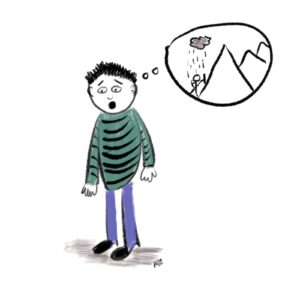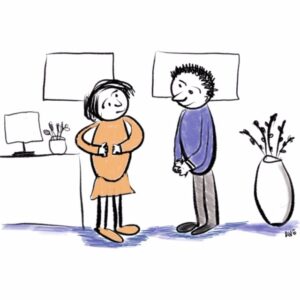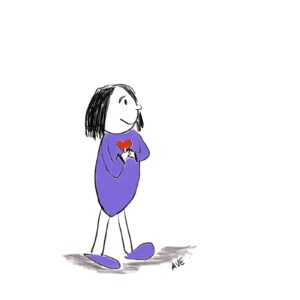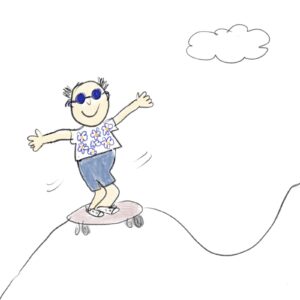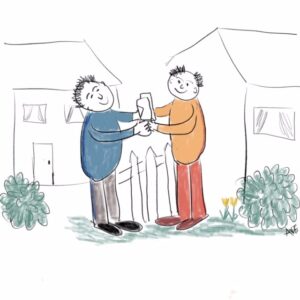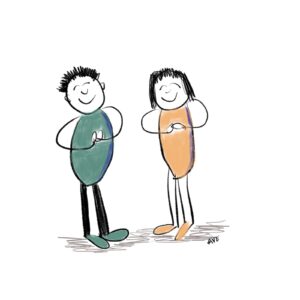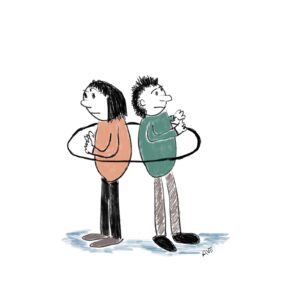
A leader I am coaching has a huge project with a deadline in a few months. He and his team have been working diligently to make progress including working 7 days a week. In some ways, it feels like writing a dissertation, except he has many meetings and other responsibilities too and cannot devote all of his time to the looming project. As time passes, he understandably has become more tired and is not experiencing the excitement of the project. He is not alone these days. The added stresses of COVID, economic uncertainty and polarization create a greater sense of exhaustion for many of us.
Experts suggest that rather than focusing on managing our time, we pay attention to managing our energy. While our instinct is to push through the tiredness and keep stretching ourselves, it is best to front-load rest and allow recovery. It is much more efficient to prevent fatigue than recovering from it later. This means before we allow ourselves to get to the burn-out stage we build in rest and rejuvenation. For example, we can start our day with exercise, reflection, breathing, connecting with our values and intentions or make time to connect with friends. We also need the basics of enough sleep, nourishing food and down-time.
Research with executives and in sports science have demonstrated that effective energy management is the rhythmic movement between energy expenditure (stress) and energy renewal (recovery). Stress can actually be a stimulus for growth. The problems come when we experience chronic stress without recovery which depletes energy and leads to burnout and hurts performance.
I try to encourage my college-age daughter, clients and myself to build in this rest even when it seems hard to make the time. When we build some of these habits they will support us during the challenging times.
Leaders need to model how they build in recovery. In addition, they need to encourage team members to take care of themselves with rest and rejuvenation. Too often, bosses say they respect people but are not aware of the costs or the time and energy required for projects and do not support people in taking rest. Leaders need to model their commitment to managing energy by taking time off themselves and asking team members how they are supporting themselves.
I know this is easier said than done. I have a long project list and many commitments. I have had to create habits such as building into my calendar time for exercise, reflection, time with friends and even time to watch a movie with family members.
Focus on what sustains your energy and build habits that support you. Model up-loading rest and encourage others in your life to do the same. Engage in conversations about how to build and manage energy to experience more joy and more productivity too.

